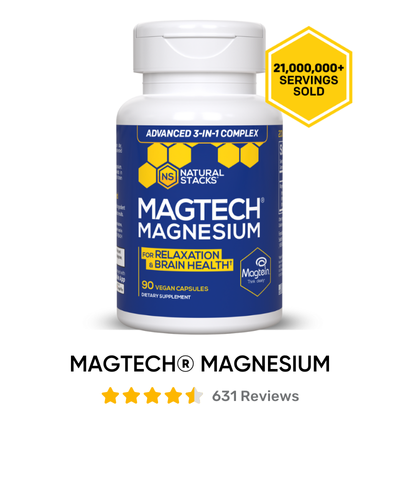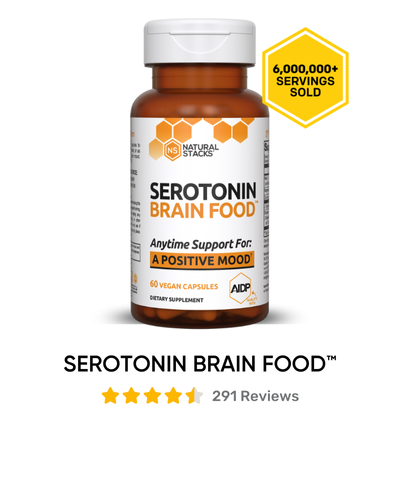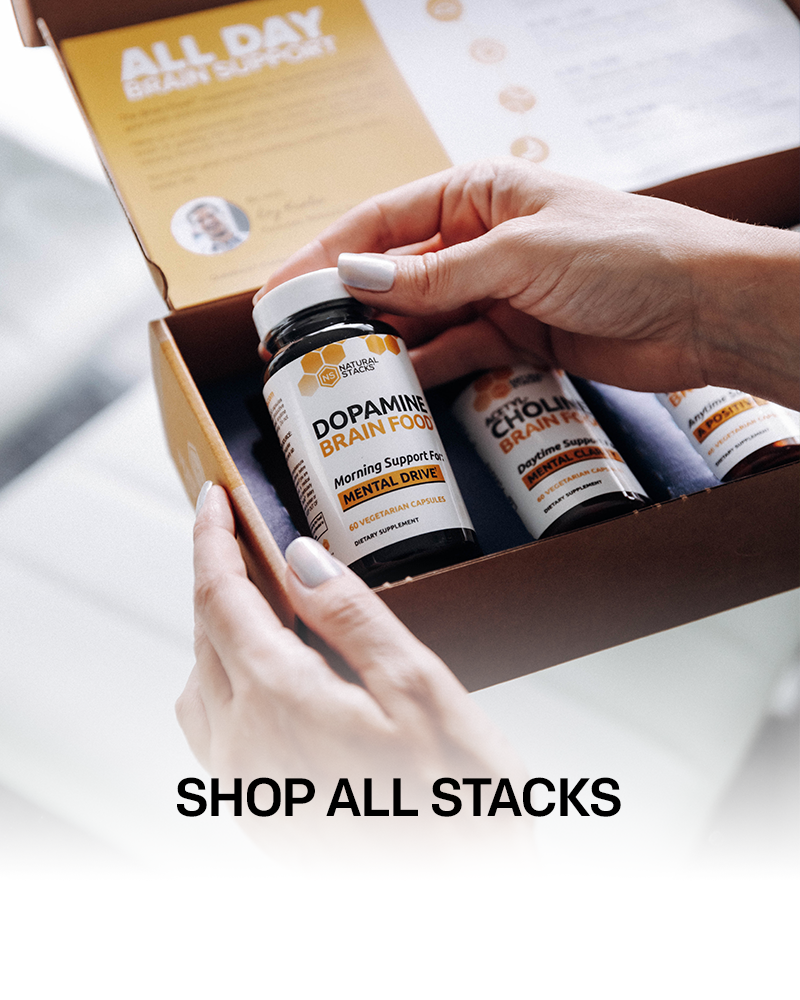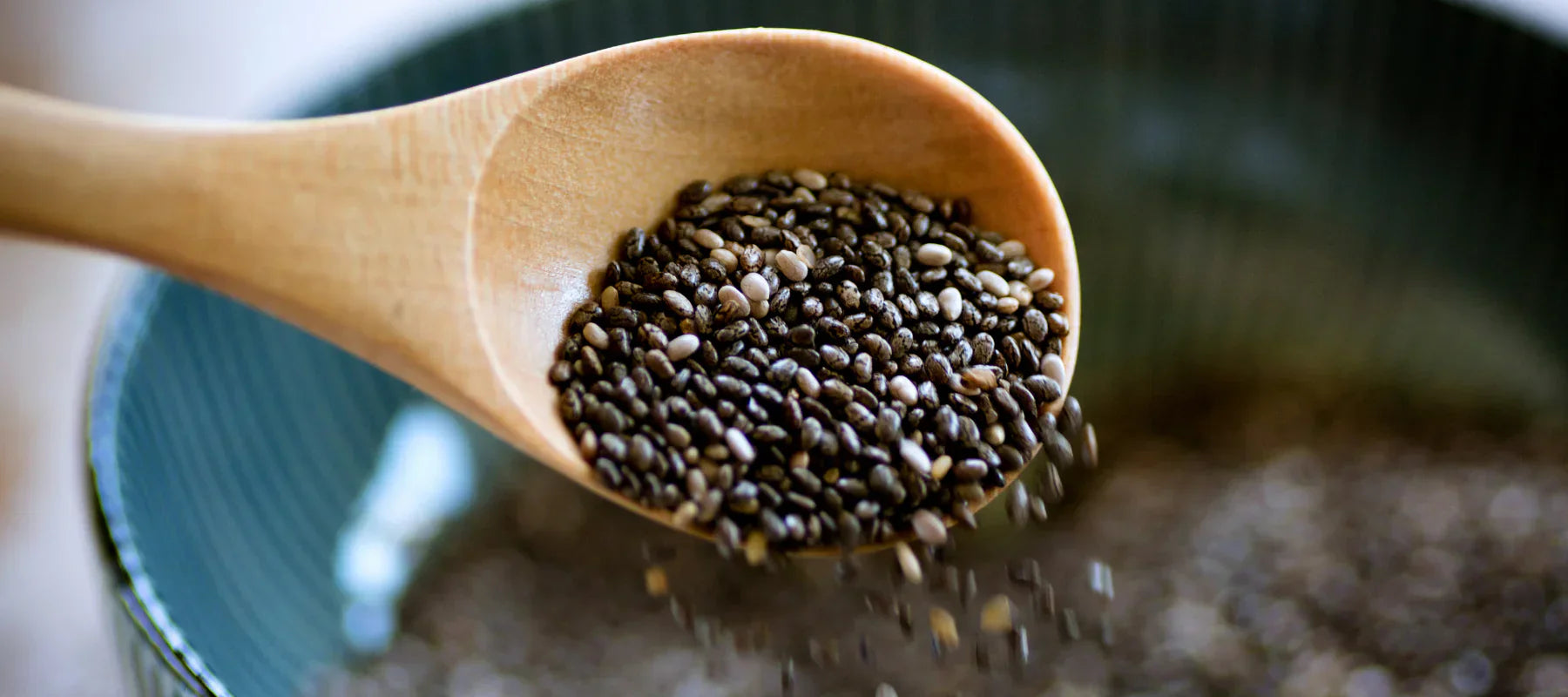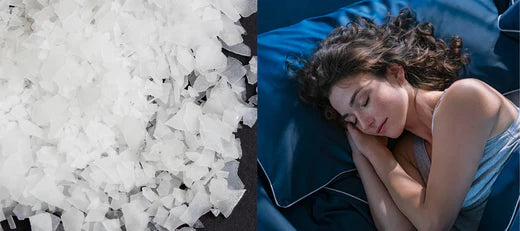The Deep Freeze: The Benefits of Cryotherapy
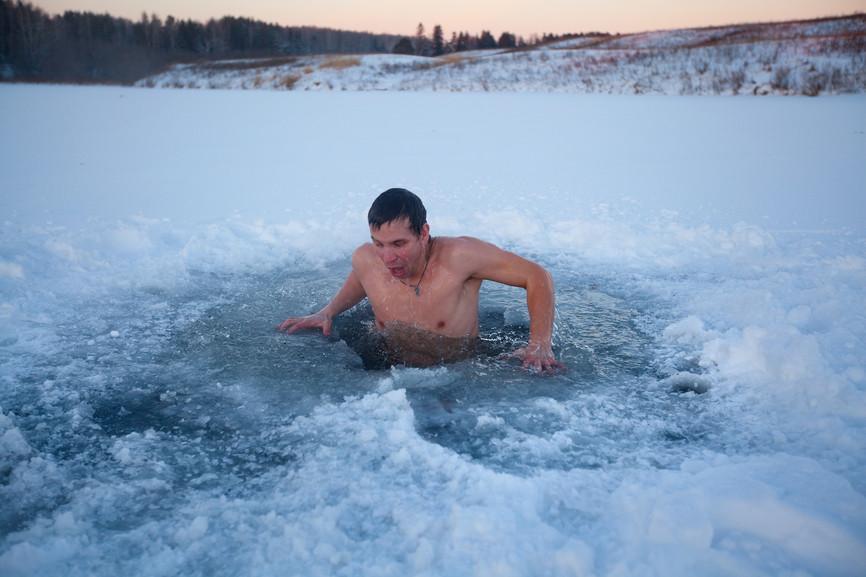

When most people get up in the morning, it wouldn’t occur to them to fill up a vest and pair of stretchy shorts with ice and wear them around for an hour or so.
But all over the world, people are doing just that.
A quiet Saturday afternoon pastime usually wouldn’t involve standing naked in a chamber for 3 minutes while being doused in -240°F vapors.
And yet cryo tanks like this are popping up all over the place.
Numbers of ‘polar bears’ - swimmers who plunge into ice cold waters without any kind of insulation - are increasing year on year.
Why are people doing these horrible things to themselves?
As it turns out, there are a whole host of benefits to immersing yourself in freezing temperatures on a regular basis - and biohackers are getting in on it.
"There are many benefits to cold exposure - and biohackers are getting in on it."
Known as cold thermogenesis, the practice of exposing your body to very low temperatures can cause significant changes to your biochemistry and body composition.
Cold thermogenesis can happen at a number of levels. You might think of this as beginner, intermediate and advanced stages of practising your cold exposure.
When you’re first getting into experimenting with cold thermogenesis, sleeping in a cool room (around 66F) for 4 weeks can be enough to get you started. This can lead to a slight increase in calorie burn and respiration. Coupled with cold showers, at this stage you can expect to experience deeper sleep and improved respiration and cardiovascular patterns.
Once you’ve adjusted to being in cool temperatures regularly, it’s time to step your game up.
The goal is to get cold enough on a regular basis to switch on metabolic activity in your brown adipose tissue (known as BAT). This is a critical component in sparking off the benefits associated with cold exposure therapy. BAT activity generates heat and starts ‘burning’ your white fat stores (the stuff everyone tries to get rid of) when your core temperature starts dropping.
BAT is considered to be an evolutionary insulation mechanism, and is found in nearly all mammals. Babies also have high levels of BAT, most likely because they haven’t developed the ability to shiver yet and so need a way of maintaining a warm core temperature.
BAT is usually found in areas where it’s easy for heat to directly enter the bloodstream, such as the collarbones, spine and around the organs. As we get older, our stores of BAT reduce, and so this intermediate level of regular cold exposure can help regenerate some of those stores.
In order to reach this level, you need to be cold enough that you’re noticing it, but not so much that you’re consistently shivering.
To achieve this, you might sit in a cold room for a few hours at a time. For example, have your office set to a 50 to 60 degree temperature, and don’t wear anything more than cotton pants and shirt. You’ll be cold, but not iced over. This is where significant BAT formation happens, and just 10 to 14 days of this (plus continuing on with the showers) can be enough to increase your stores.
At this stage you also start experiencing a wider range of benefits, including:
- Reduced inflammation in joints and muscles
- Reduced regular fat stores
- Greater resistance to cold and pain
- Improved metabolic function in skeletal muscle
These effects can also be amplified with resistant starch.
Now that you’ve progressed through these levels, you’re ready to take on the advanced cold exposure techniques.
This is where you get into ice-in-your-clothing, long swims in frozen or near-freezing water, cryotherapy chambers and the direct application of ice to parts of your body.
But remember - you’ll get the best results if you go through the preliminary levels first. Your metabolism is hormetic, meaning that it is adaptive, responding best to intermittent exposure to a stressor (like cold exposure). The outcomes you get will be better if you build up your thermogenesis practice over time.
There are a few ways you can engage in cold thermogenesis once you get to this stage. You can wear an ice-vest, filled with ice, that sits over key BAT storage areas, along with compression shorts filled with ice if you really want to take it up a level.
You can go to cryotherapy tanks, where you stand in a large cylinder for 3 minutes while -240°F air flows all around you. Or you can find your nearest frozen or near-frozen swimming spot, and make a daily habit of jumping in for a 20-minute swim.
[Just remember to be smart with this. Being careless with the cold can lead to hypothermia, frostbite or cryoburn, which will most likely undo all the benefits you were trying to reap in the first place.]
At this point, you tend to see another increase in the benefits your body is experiencing (particularly in your immunity):
- Heightened norepinephrine production and responsiveness
- Increased levels of natural killer cells (cytotoxic lymphocytes)
- Cold-induced leukocytosis and granulocytosis
Additionally, you will see improved thyroid and adrenal function, improved hormonal expression and continuing improvements in body composition, cold and pain tolerance, and lowered incidence of lifestyle related diseases like bone density problems (which can also be improved by Vitamin D3 supplementation), cancer and cardiovascular issues.
You’ll also see greater insulin sensitivity thanks to BAT’s high glucose usage and the subsequent release of adinopectin. Plus, cold therapy has a similar effect on mTor pathways to caloric restriction or intermittent fasting: it induces cellular autophagy, which in turn leads to longer cell life.
Cold thermogenesis can lead to impressive changes in your physiology and overall improvements to the quality of your health and potential for longevity. Have you tried it? Leave us a comment below!


